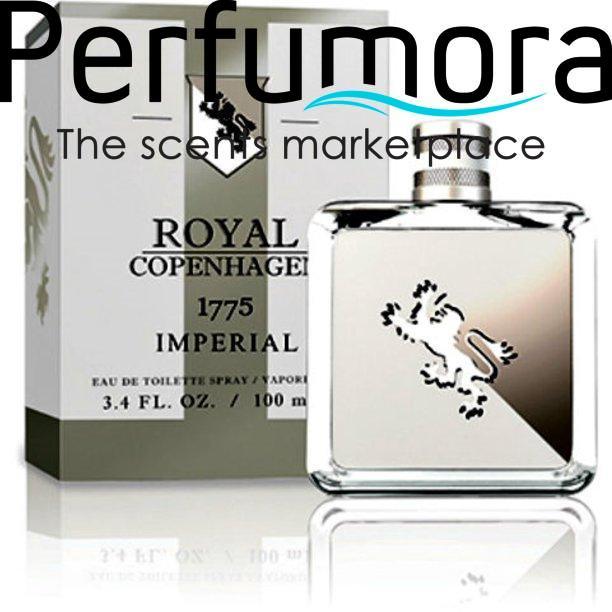
As the obsession over fragrances intensified in Europe, England started containing aromatics in lockets and hollow heads of canes that were later sniffed by the owner. The late 1800s saw the use of synthetic chemicals to mass market perfumes for the first time. Nitrobenzene; the first chemical perfume was made from nitric acid & benzene. This synthetic mixture was used to scent soaps as it gave off an almond smell. It was the year 1868 when William Perkin, an Englishman synthesized Coumarin, a fragrance that smelled like freshly sown hay from the South American tonka bean.
Synthetic violet and vanilla were formulated by Ferdinand Tiemann of the University of Berlin. Meanwhile Francis Despard Dodge was working in the United States to create Citronellol. He experimented with citronella, derived from citronella oil with a lemon-like odor. The result was a perfume that imitated the scent of rose. This synthetic compound resembles the aroma of sweet pea, narcissus, lily of the valley and hyacinth in different variations.




